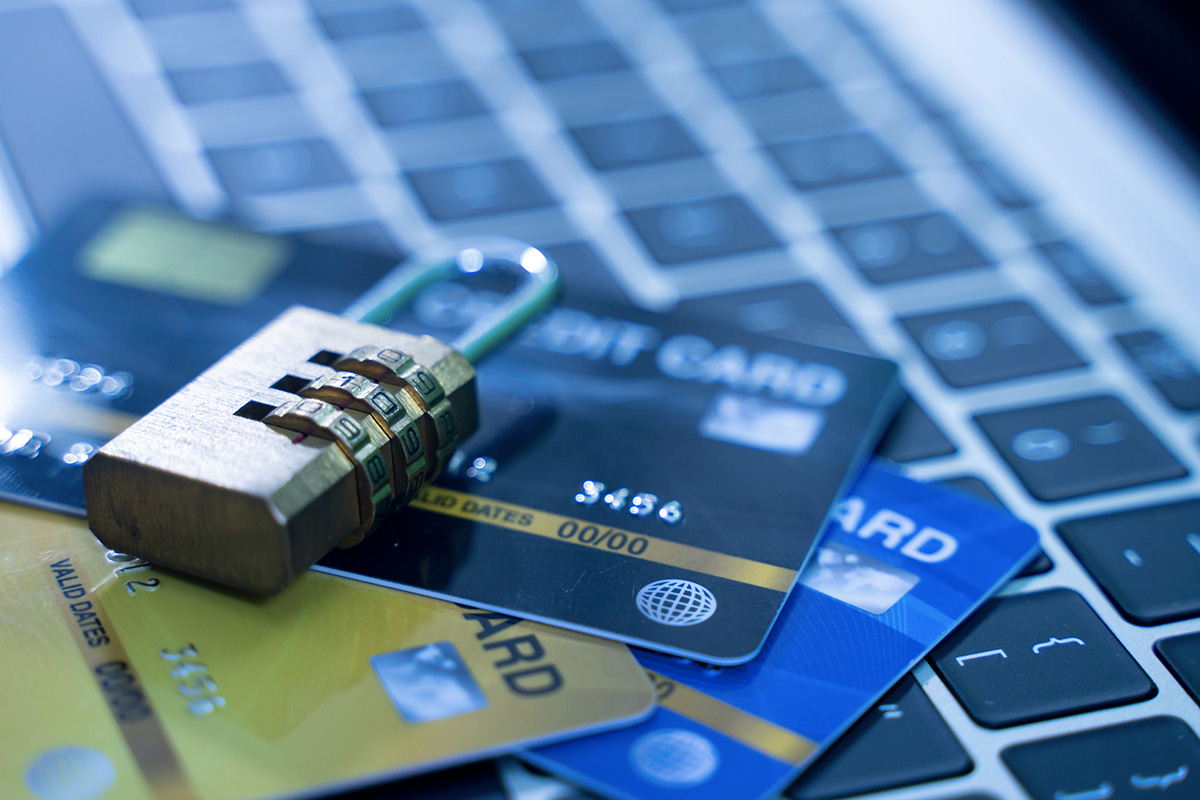In today’s digital age, fake credit card offers have become a major concern for online shoppers, consumers, and businesses alike. Scammers are constantly devising new tricks to lure unsuspecting victims into giving up their personal and financial information. Whether it’s through fake emails, suspicious websites, or fraudulent advertisements, the risks of falling for such scams are real. In this guide, we’ll walk you through how to spot fake credit card offers and the essential steps to take to protect yourself from falling victim to these scams.
What are Fake Credit Card Offers?
Fake credit card offers are fraudulent attempts by scammers to mislead consumers into providing personal details or making payments for a service that doesn’t exist. These offers often seem too good to be true and typically come with promises of:
- Unbelievably low interest rates or “0% APR” for long periods
- Unrealistic rewards (e.g., cash back, airline miles, or points)
- Pre-approved cards with “instant approval” guarantees
- Special promotions offering free gifts, travel perks, or bonuses
While some fake credit card offers come via email, others might appear as ads on websites or through fake social media profiles. Recognizing these red flags early can save you from potential financial losses and identity theft.
How to Spot Fake Credit Card Offers
1. Unrealistic Promises
Be cautious if an offer seems too good to be true. For example, a 0% APR for life, instant credit approval without a credit check, or an excessive sign-up bonus can be significant red flags. Legitimate credit card companies will provide reasonable offers backed by their terms and conditions.
2. Requests for Upfront Payments
One of the most common signs of a scam is when the offer requires you to pay upfront for a “processing fee” or “delivery charge” before you even receive the card. No legitimate credit card company will ask for money before you apply or are approved for the card.
3. Lack of Clear Contact Information
When looking at an offer, especially online, verify the company’s legitimacy. Genuine credit card companies will have a professional website, clear contact details, and an address. Fake offers often lack physical addresses or customer service phone numbers or provide false ones.
4. Suspicious URL or Email Address
Scammers often use email addresses that closely resemble official brands but have slight variations. For example, an email from a scammer may look like it’s from “service@bankname.com,” but the email might have additional letters or numbers that make it slightly different. Always hover over links to see if the URL matches the official site.
5. Too Much Personal Information Requested
A legitimate credit card application will ask for basic personal information (such as your name, address, income, and social security number) but never demand passwords, bank account numbers, or other sensitive details that could be used for identity theft.
6. No Physical Card
Some fake offers will claim you’ve been pre-approved for a credit card but only provide you with a virtual card number or a promise to send a physical card later. If the offer doesn’t involve a proper application process, it’s likely a scam.
Measures to Take to Avoid Fake Credit Card Scams
1. Research the Credit Card Issuer
Before applying for any credit card, make sure the issuer is reputable. Check their official website and read user reviews to ensure they are trustworthy. Look for customer service contact information and verify that the company is listed with consumer protection agencies.
2. Never Share Your Personal Information Unsolicited
Do not provide your personal details via email, over the phone, or on websites that seem suspicious. Legitimate credit card companies will never ask for sensitive information in this way. Always double-check the authenticity of the request by contacting the company directly.
3. Enable Two-Factor Authentication (2FA) on Financial Accounts
Protect your online accounts, especially financial ones, with 2FA. This extra layer of security makes it harder for scammers to gain access to your accounts even if they manage to steal your login details.
4. Look for “HTTPS” and a Secure Website
Before entering any personal information on a website, ensure the URL starts with “https://” and displays a padlock symbol in the address bar. These are indicators of a secure and encrypted website.
5. Use Credit Card Alerts and Monitoring Services
Many credit card providers offer transaction alerts via email or SMS. By setting up these alerts, you can quickly spot any unauthorized transactions or suspicious activity. Additionally, consider subscribing to a credit monitoring service to track any changes to your credit report.
6. Report Fraudulent Offers Immediately
If you encounter a fake credit card offer, report it to the authorities, such as the Federal Trade Commission (FTC) in the U.S., or your local consumer protection agency. Reporting helps to raise awareness and can prevent others from falling for the same scams.
Red Flags to Watch Out For
- Unsolicited Offers: Receiving unsolicited credit card offers is often a red flag. Even if the offer seems legitimate, approach it with caution.
- Too Much Information: If an offer asks you to provide too much personal or financial information upfront, it’s likely a scam.
- Pressure to Act Fast: Scammers often try to rush you into making quick decisions by claiming the offer is only available for a limited time. Don’t let urgency push you into making hasty decisions.
Conclusion
Fake credit card offers can be convincing, but by staying alert and following the tips provided in this guide, you can avoid falling victim to such scams. Always remember: legitimate credit card companies operate transparently, with clear terms, contact information, and customer service options. Protect yourself by researching offers thoroughly and never sharing sensitive information unless you’re 100% sure the source is legitimate.
Stay safe online, and make informed decisions about your financial applications.














